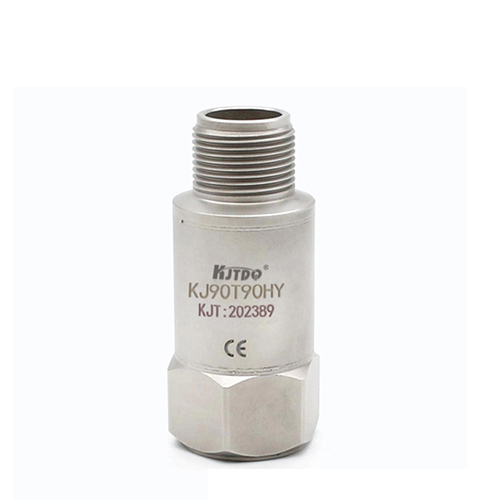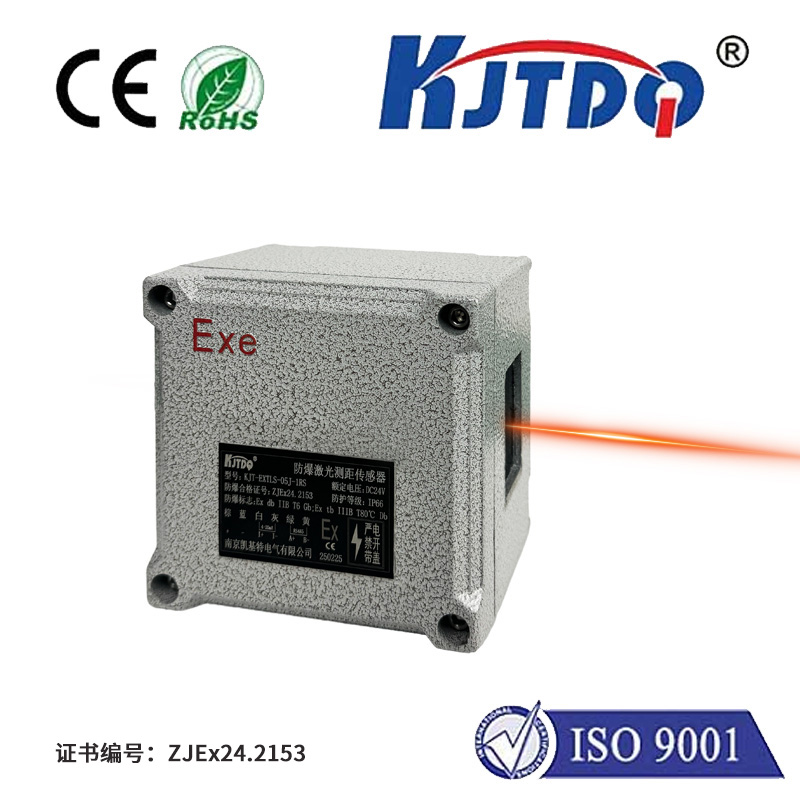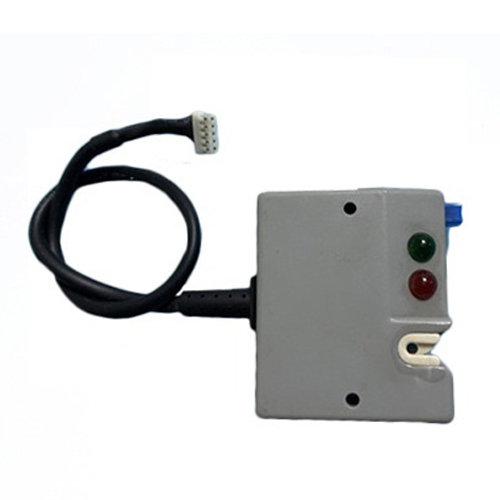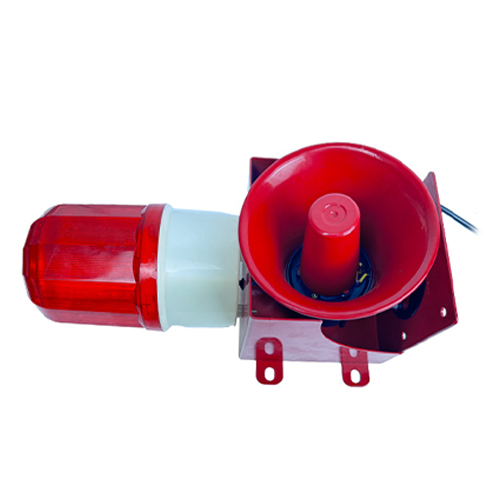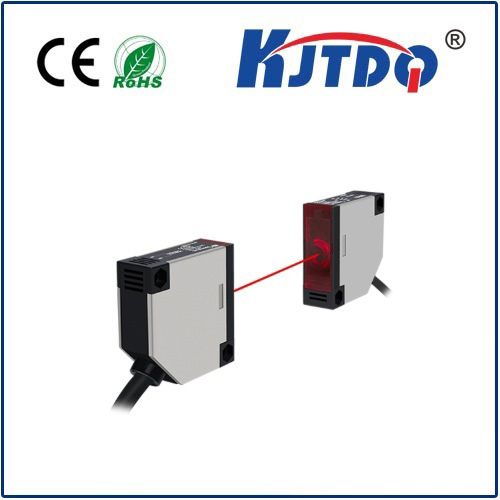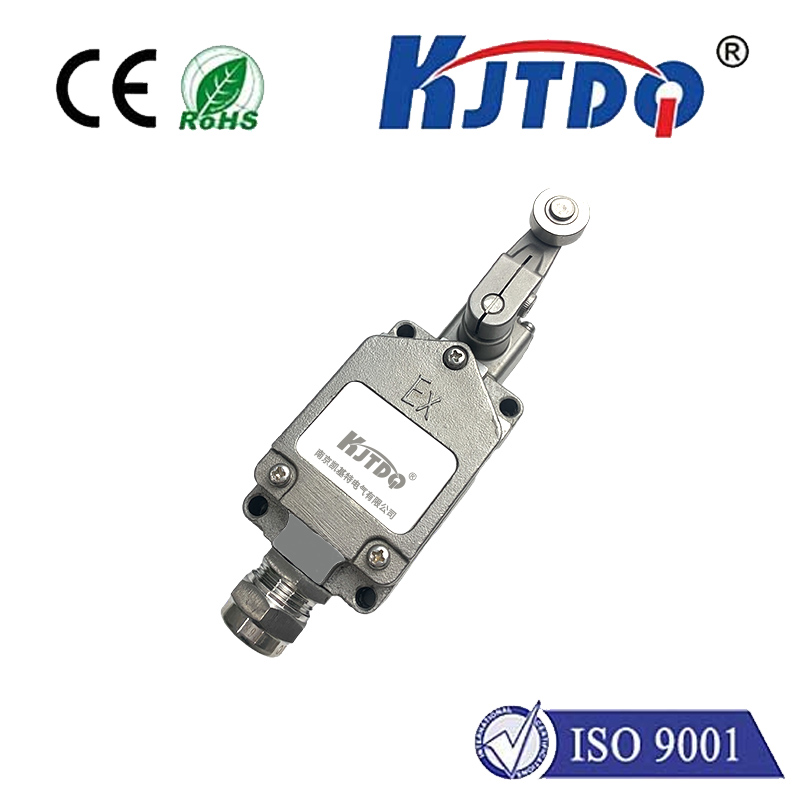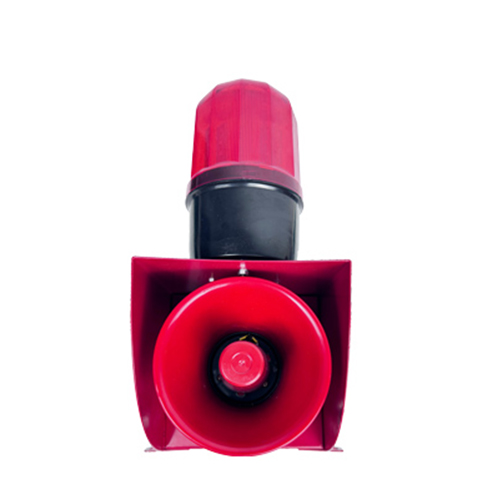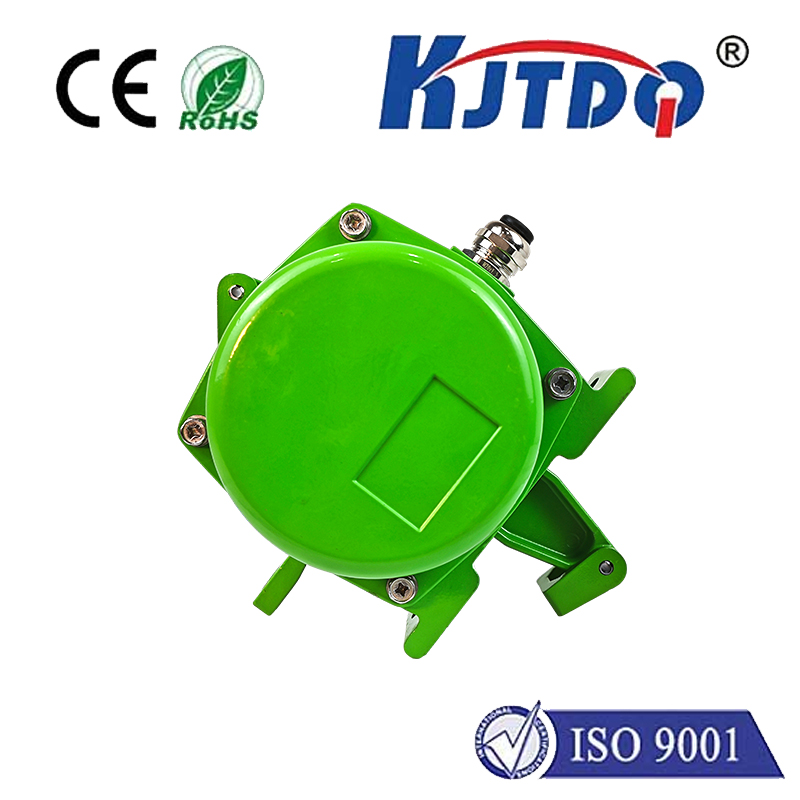

check

check

check

check

check

check

check

check

check

check

Title: Understanding the Varied Types of Photoelectric Sensors In the realm of automation and advanced technology, photoelectric sensors play an indispensable role. They are critical components in various applications, from industrial automation to security systems. Photoelectric sensors function by detecting objects without making physical contact, using beams of light. Depending on their design and application, there are several types of photoelectric sensors. Let’s delve deeper into the most common types and their unique characteristics. Passive Infrared Sensors Passive infrared (PIR) sensors detect红外 radiation emitted by objects. They are widely used in motion detectors for security alarms and automatic door openers. The beauty of PIR sensors lies in their ability to ignore temperature changes caused by sunlight, making them reliable in varied environmental conditions. However, they may struggle with precise detection over long distances or through glass. Active Infrared Sensors Unlike passive sensors, active infrared sensors emit their own beam of infrared light, which is then reflected back to the sensor when it hits an object. This type of sensor is effective for detecting objects at close range and is commonly found in remote controls and proximity sensors. While they work well indoors, they can be affected by ambient light and reflective surfaces. Photovoltaic Sensors Photovoltaic sensors generate a small electric current or voltage when exposed to light. They are sensitive to changes in light intensity and are often used in applications requiring high sensitivity and fast response times, like burglar alarms and automated lighting systems. These sensors provide high reliability and low power consumption but can be affected by varying levels of ambient light. Phototransistor Sensors Phototransistor sensors consist of a phototransistor that amplifies the received light signal, offering high sensitivity and the ability to handle higher power levels. They are frequently used in applications such as industrial automation to count parts on a conveyor belt or in barcode readers. These sensors are known for their durability but require careful alignment with the light source to ensure proper function. Fiber Optic Sensors Fiber optic sensors use flexible fibers to transmit light to and from the sensing area. They are ideal for environments where electrical isolation is crucial or space is restricted. These sensors are employed in medical diagnostic equipment, industrial process control, and structural monitoring due to their precision and immunity to electromagnetic interference. Through-Beam Sensors Through-beam sensors consist of a transmitter and a receiver placed on either side of the target area. They shoot a beam of light across an open space, and when an object interrupts this beam, the receiver detects the change. Through-beam sensors are highly suited for perimeter security, counting objects, and level measurement applications. Their primary advantage is the ability to maintain performance over long distances. Reflective Sensors Reflective sensors combine a single housing that contains both the light emitter and detector. They bounce a beam off a target and measure the light that reflects back to the sensor. Reflective sensors are versatile and easy to install, making them suitable for applications like warehouse automation, conveyor systems, and access control. However, surface finish and color of the target can affect their performance. Each type of photoelectric sensor brings its own set of attributes and limitations to the table. Selecting the appropriate sensor depends on factors like detection range, environmental conditions, size constraints, and specific application needs. As technology continues to evolve, so too will the capabilities and applications of these ingenious devices, further integrating themselves into our everyday lives and expanding the boundaries of what’s possible in automation and sensing technology.
